Does stone type affect what I carve?
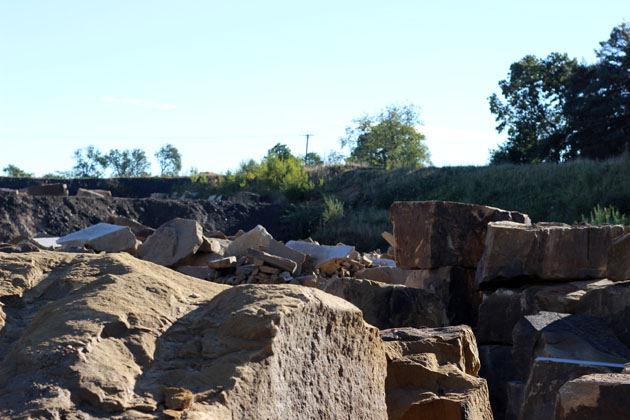
Earlier this week I went to Dunhouse Quarry to select stone for a project I’m working on. This is a new quarry for me, so the trip was filled with excitement.
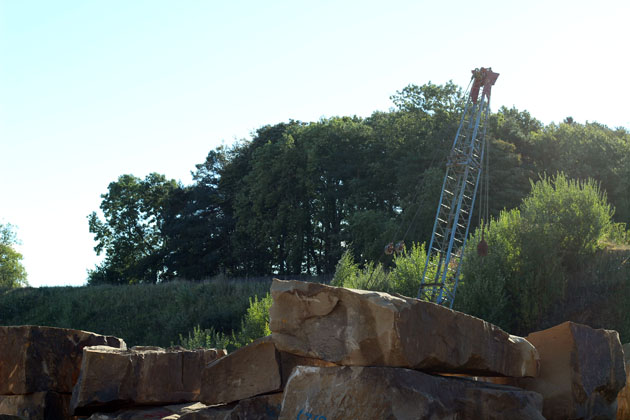

I know the look of their sandstones but haven’t carved them before. Bringing different, and new-to-me-stone back to the workshop is a bit special. There are moments of quietness after unloading where I just spend time getting to know each piece, examining it all around in detail, really investigating texture, where the beds lie, markings, colour, and nature. This knowledge feeds into the carving plan and the practicalities of working.
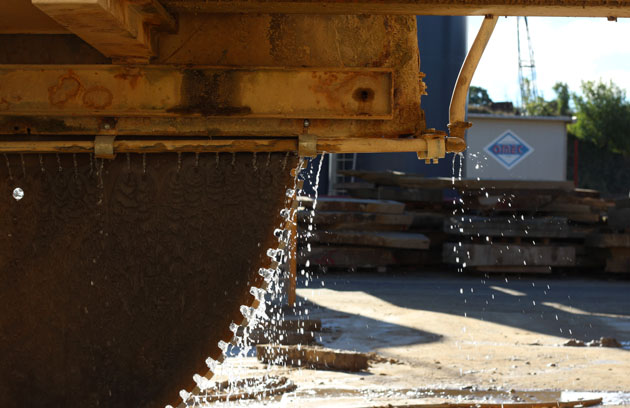
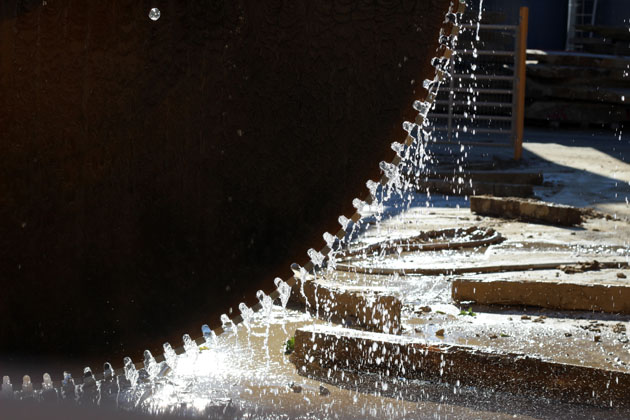
Often when I envisage a sculpture before starting on it, I see clearly the stone it needs to be carved in. Once a stone is known, in terms of experience in carving it, you begin to understand what can reasonably be expected of it, what shapes ‘suit’ it, and how much detail can be achieved. Each stone has its own way and behaves individually when shown the chisel, and in consequence, each one brings about a unique response in me.
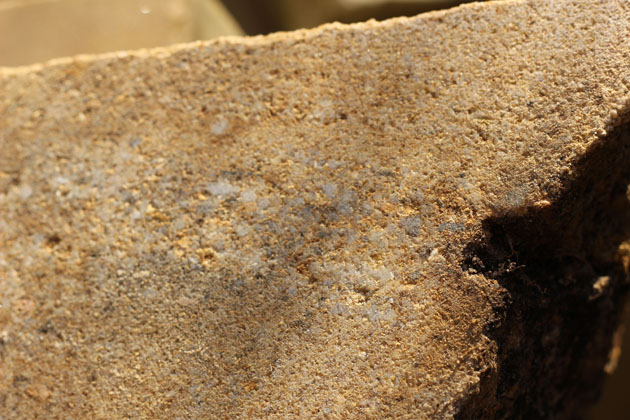
Sometimes simply the look of a stone is so beautiful, that I have to carve and shape it, and in these instances the stone is the guide, impacting the outcome completely (well, almost!).
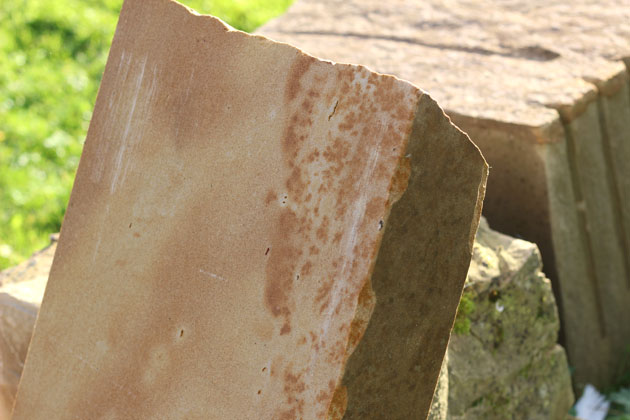
Stone names delight me too – the ones I brought back to the workshop from this quarry visit are the evocatively titled Catcastle Grey, Elswick Grey, Cop Crag, and Dunhouse Buff. These names by themselves rouse thoughts of shape and feel, each one firing the imagination and stirring up in a particular way – Elswick is flowing, gentle, undulating, Catcastle is strong, deliberate, in charge. But that’s just what they suggest to me!
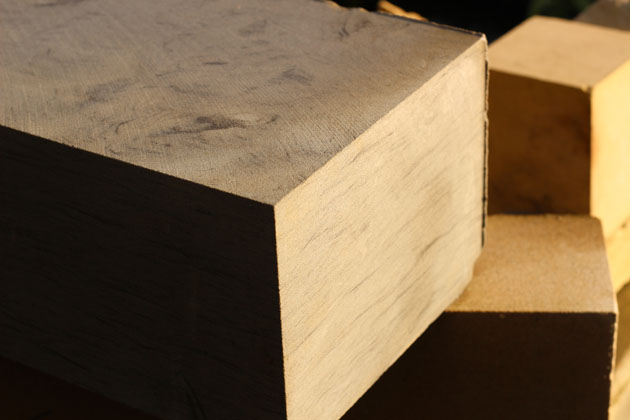
Over the next few weeks I’m going to be chiselling these stones, creating with them, learning from them.
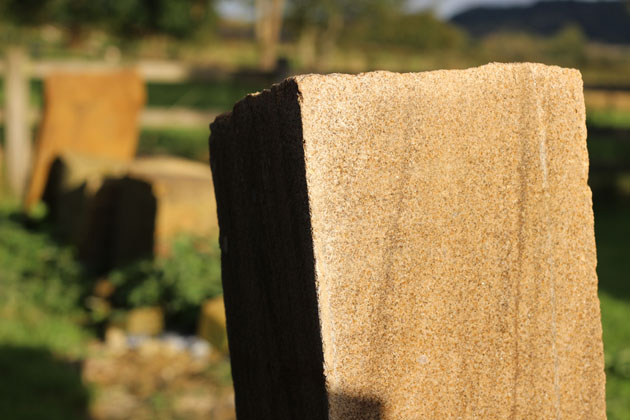
If you would like to see the results and get insights into the carving as it progresses, I am going to catalogue the whole process exclusively for my next Newsletter.

Subscribe
To receive this release, simply complete the sign-up form below:
